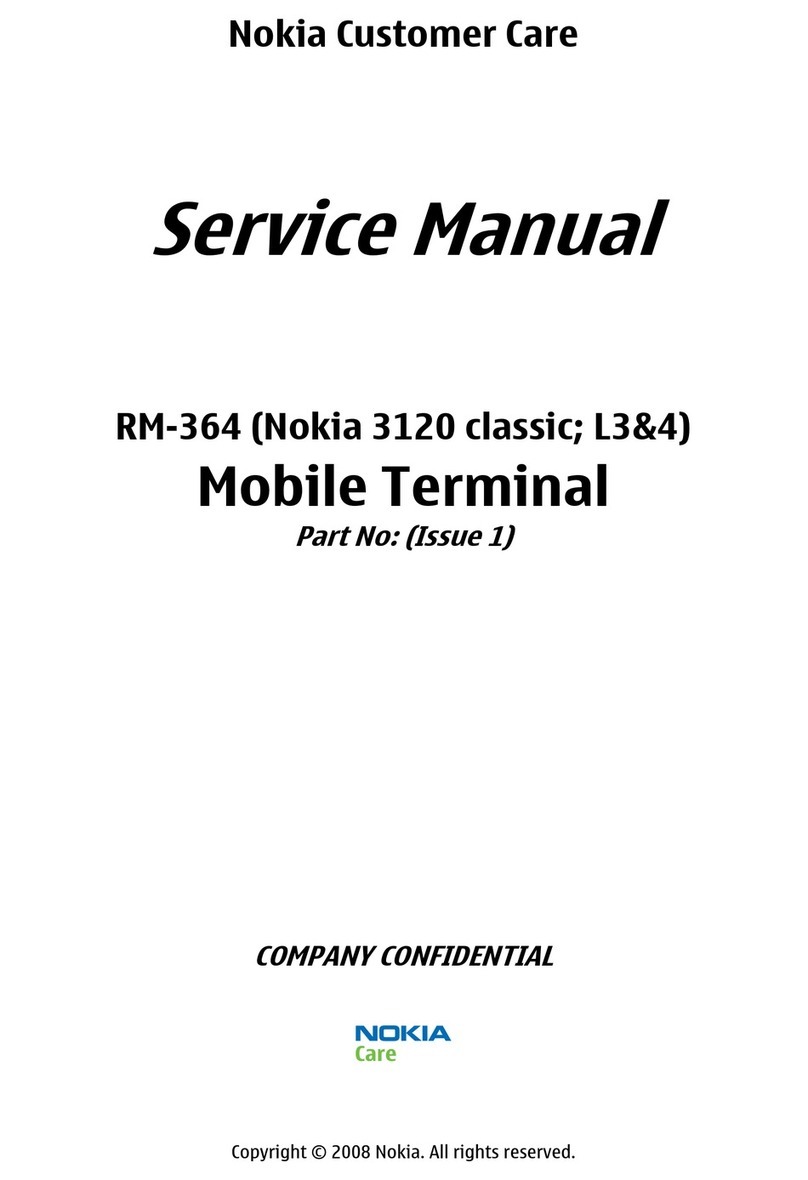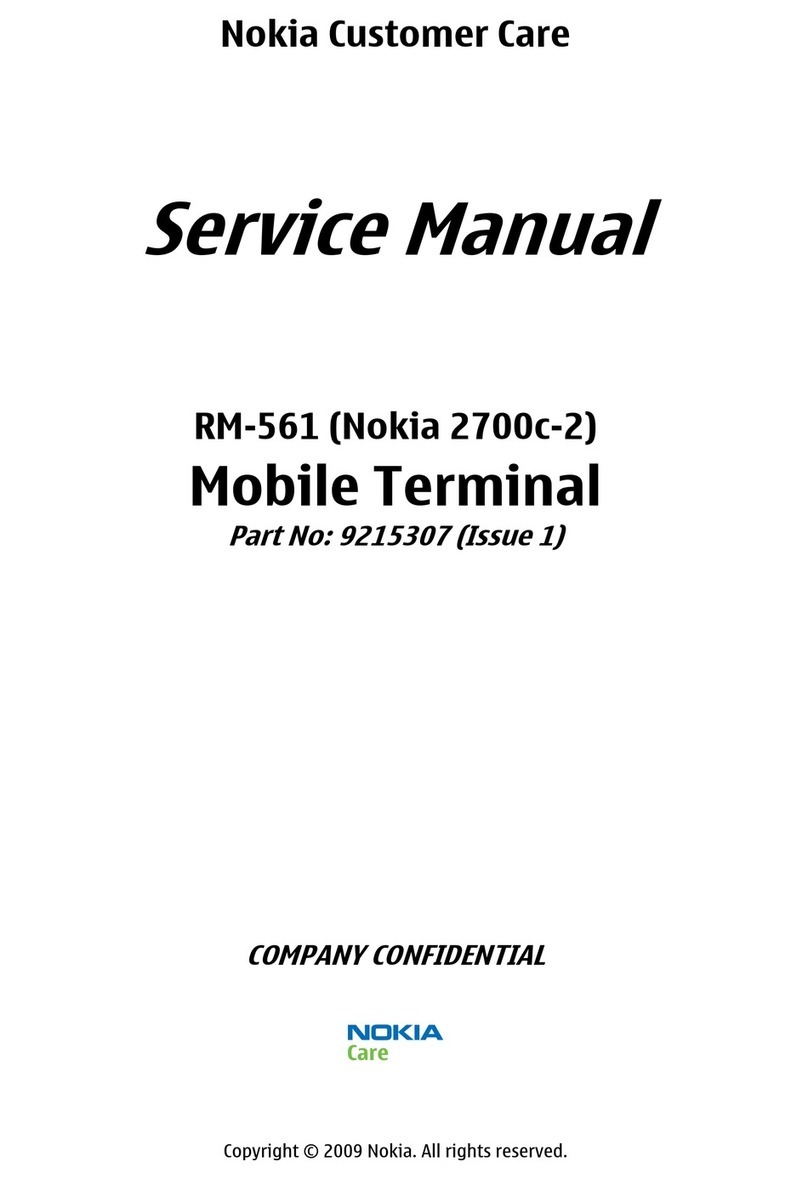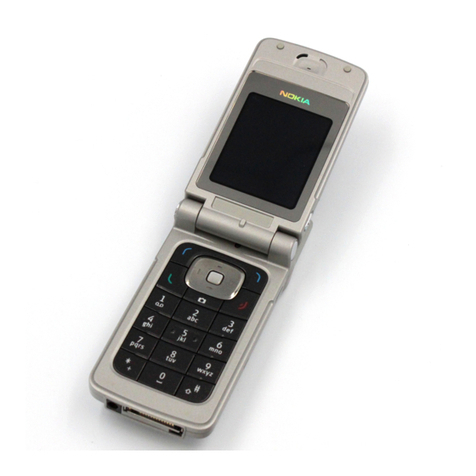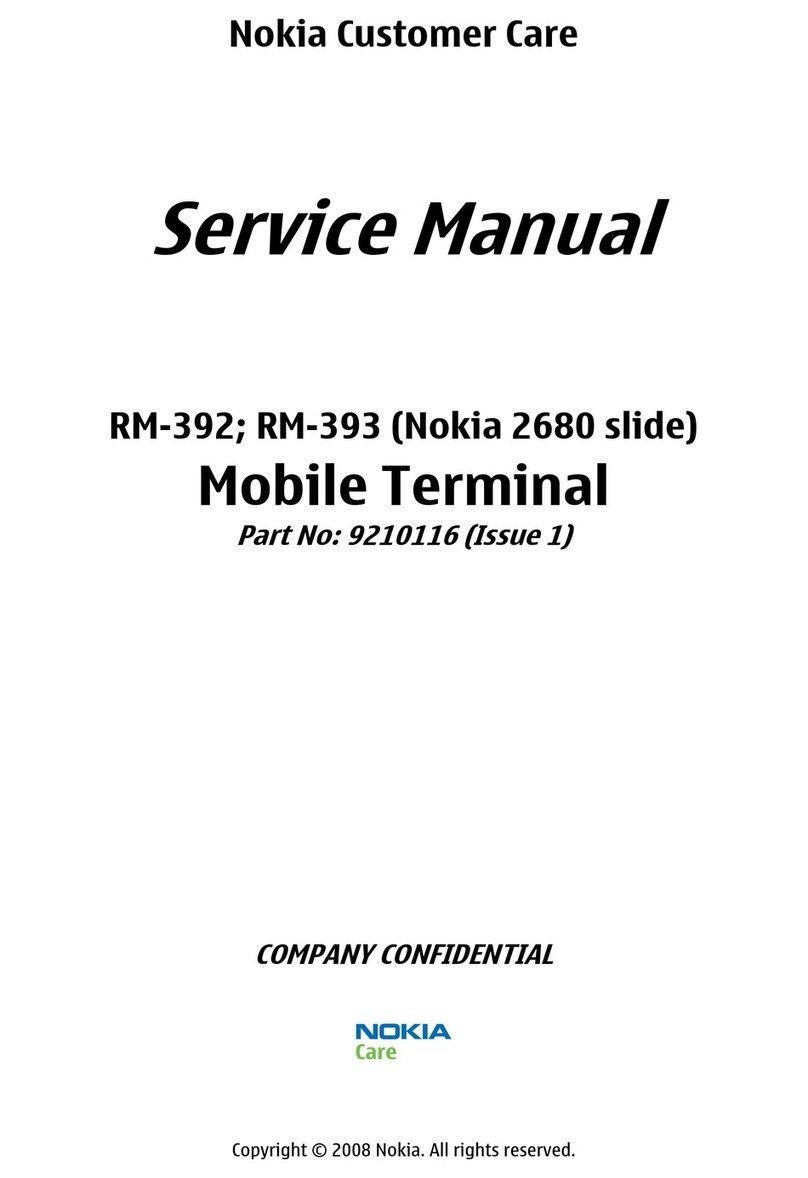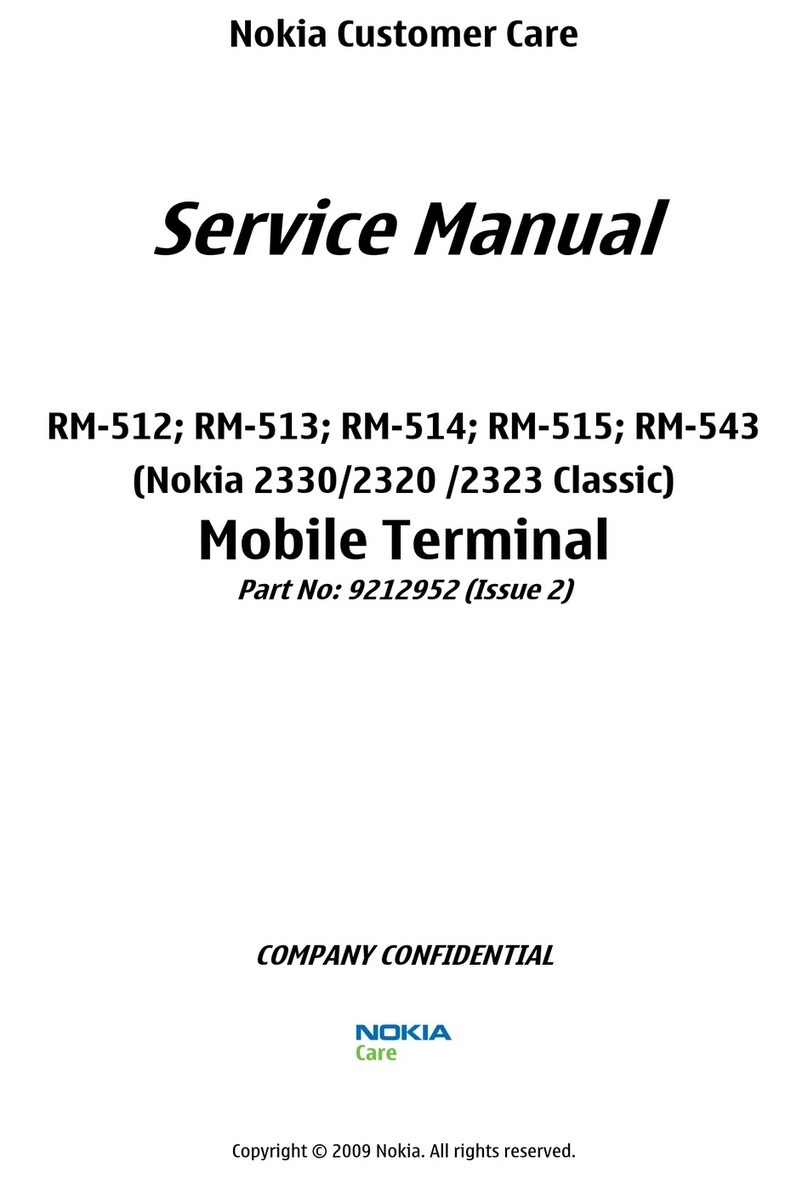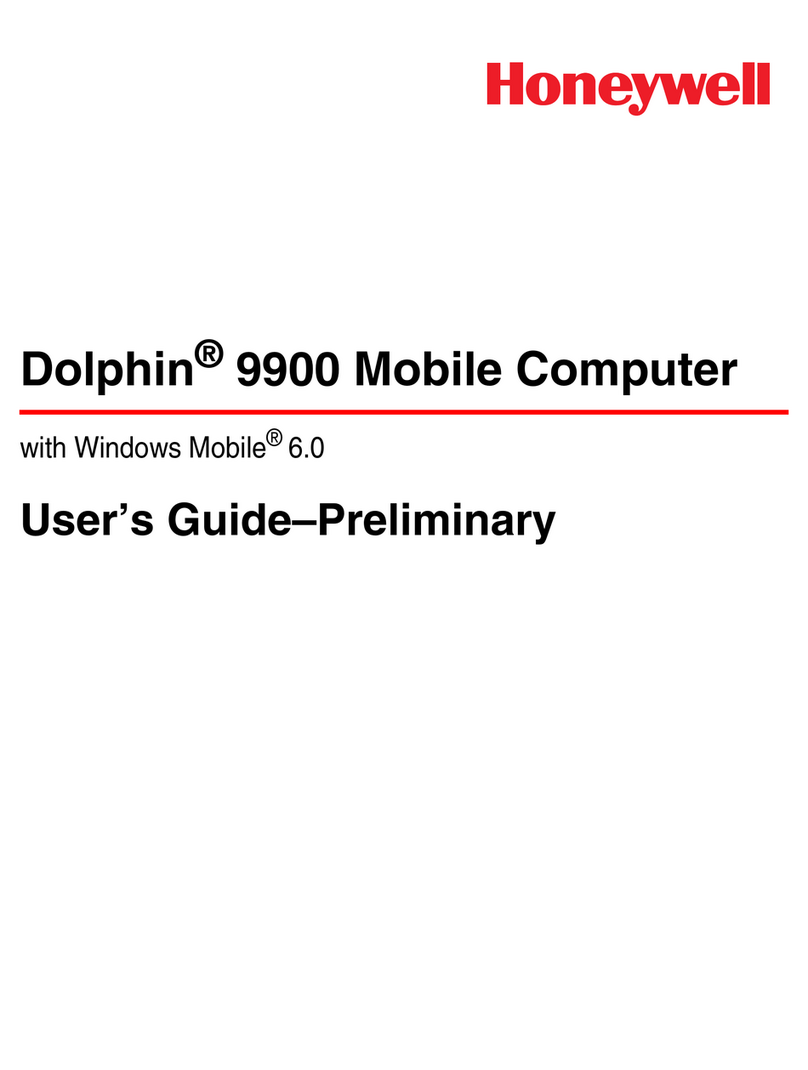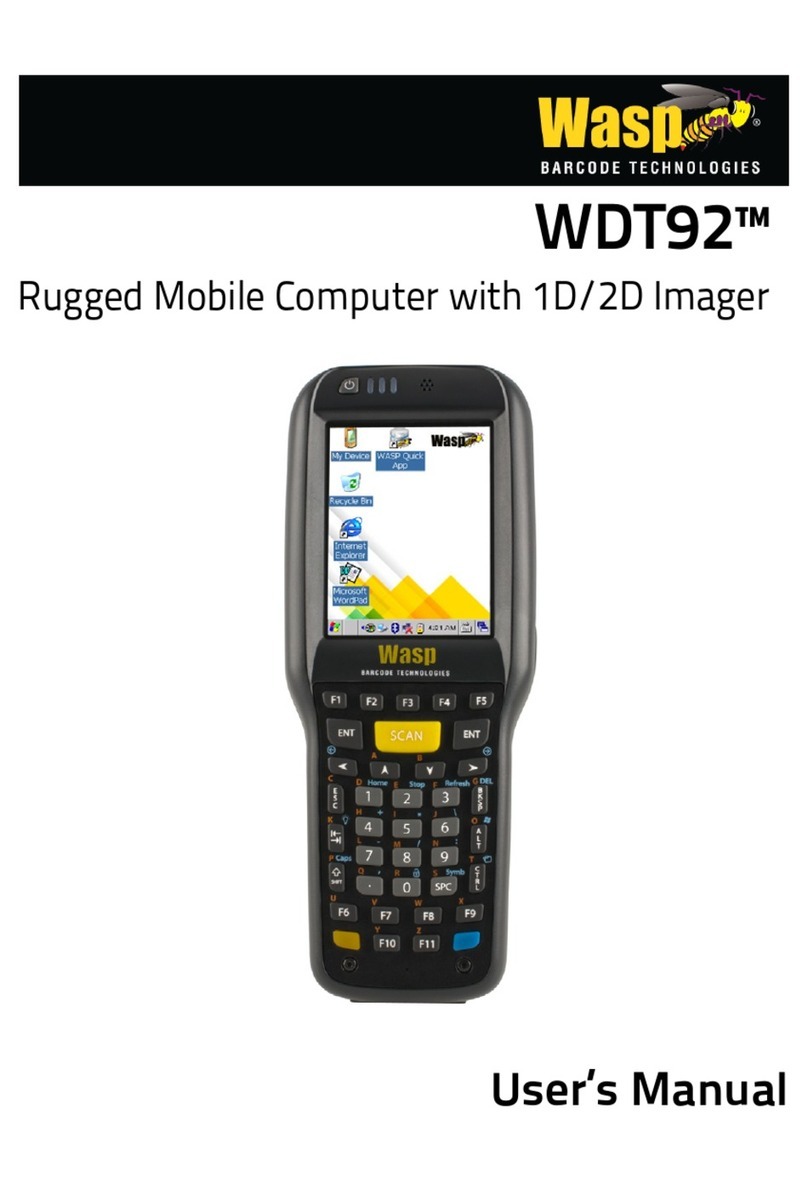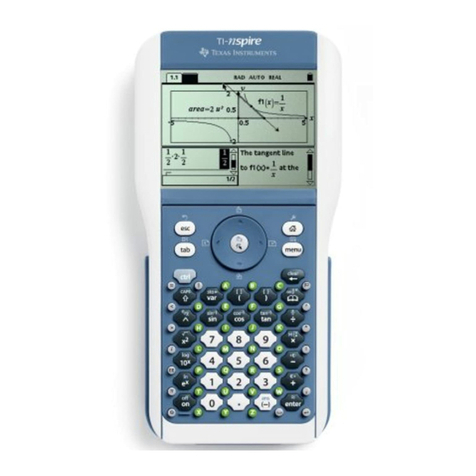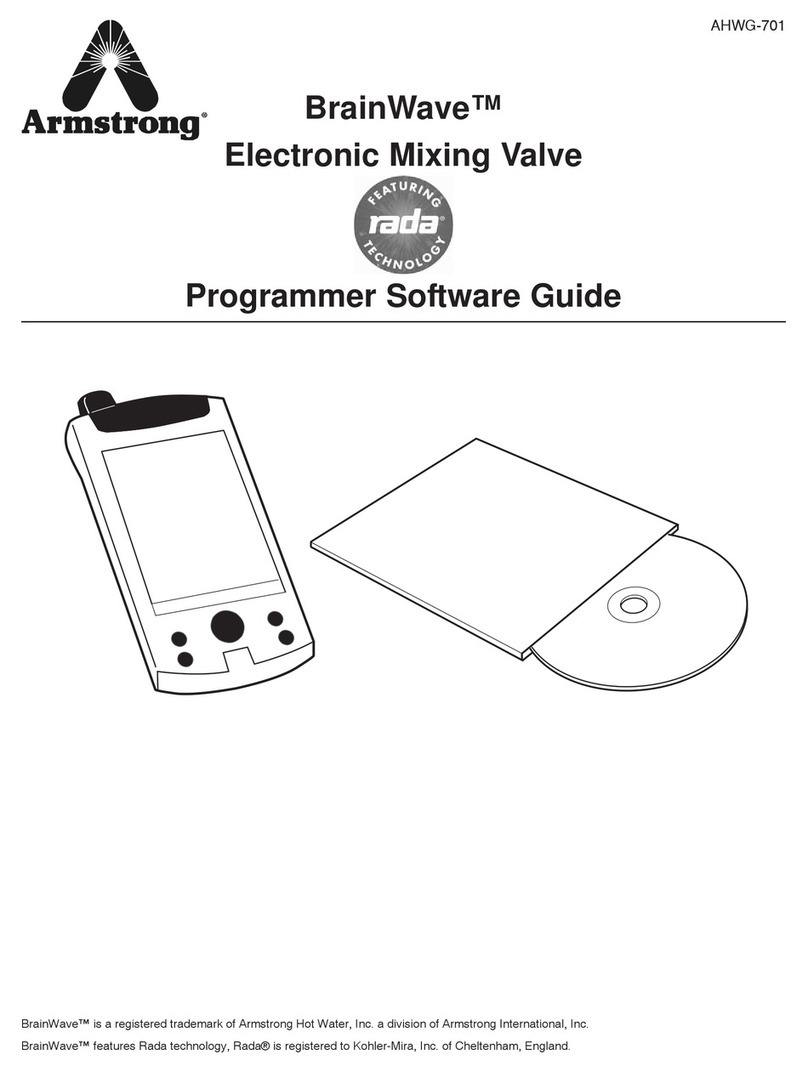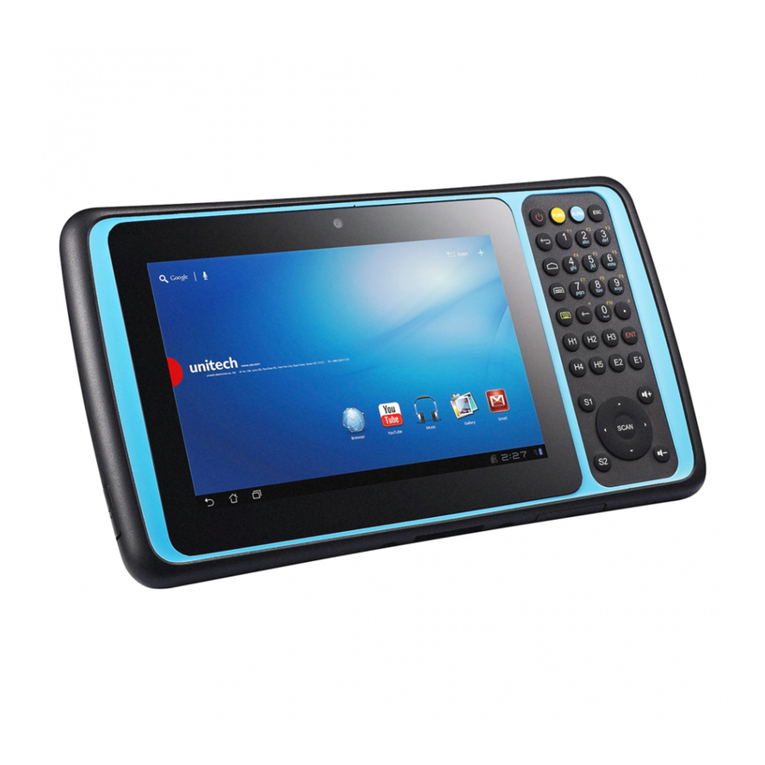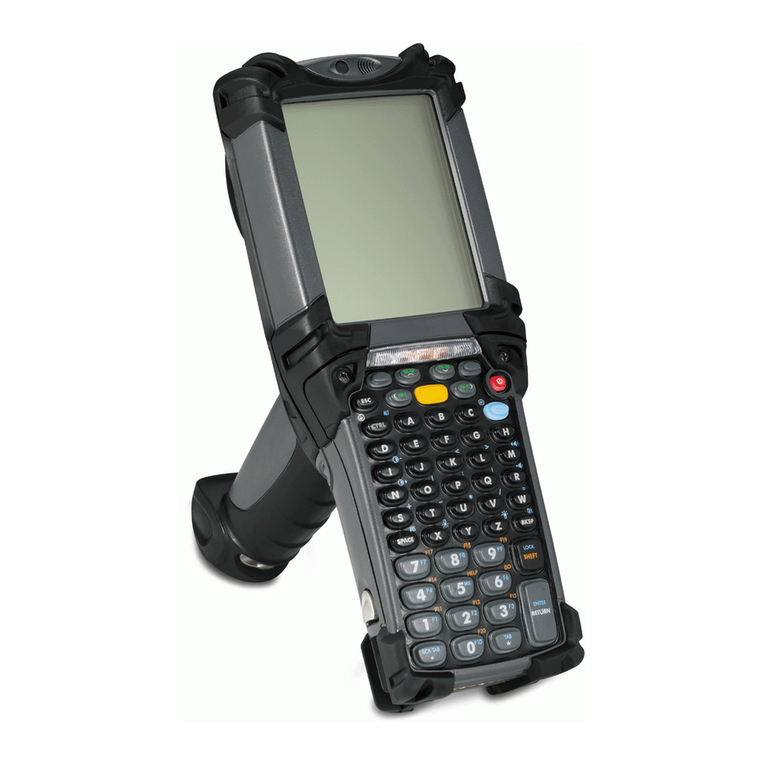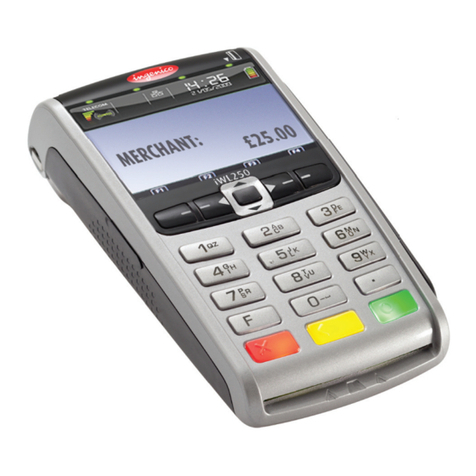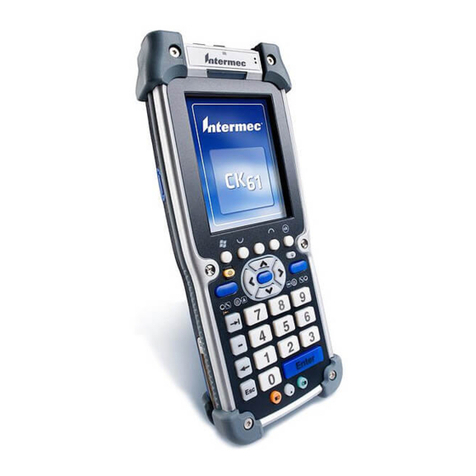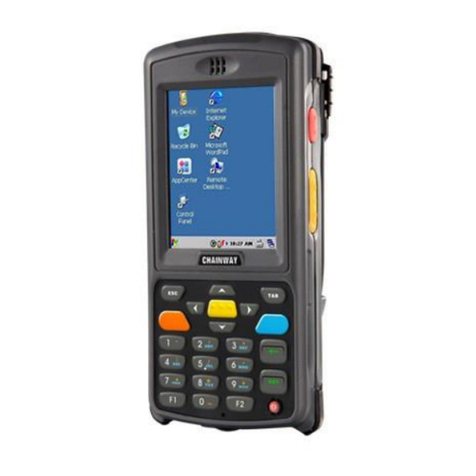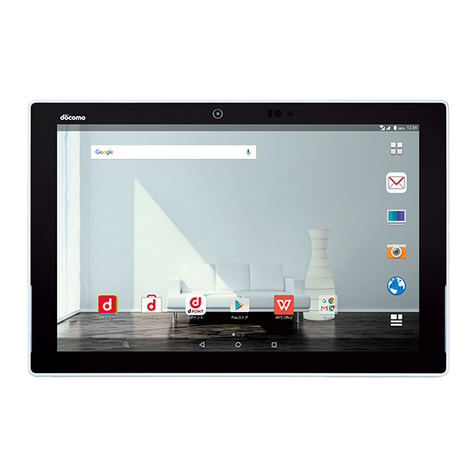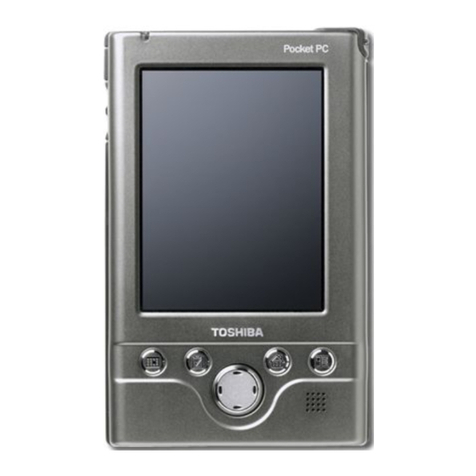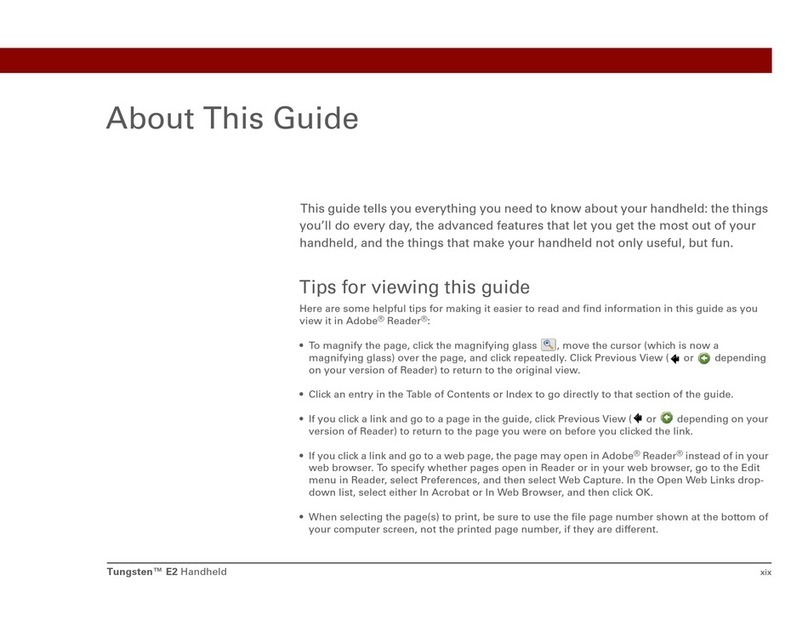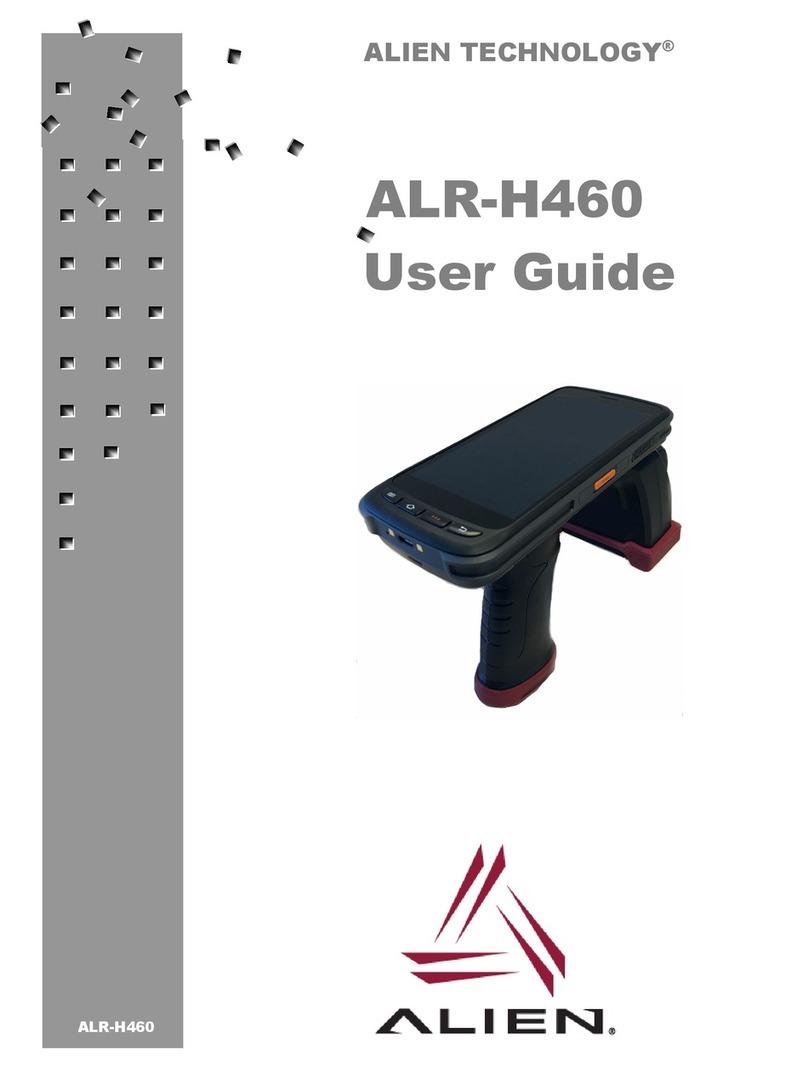6255/6255i/6256/6256i (RM-19)
RF Description and Troubleshooting Nokia Customer Care
Page 2 ©2005 Nokia Corporation Company Confidential Issue 2 05/2005
Contents Page
Introduction ..................................................................................................................................................... 5
Mobile Terminal Components ..................................................................................................................... 6
Main PWB ......................................................................................................................................................6
UI (Secondary) PWB ....................................................................................................................................8
Preliminary RF Troubleshooting............................................................................................................... 10
Mobile Terminal Cannot Make a Call ..................................................................................................10
Tx Power Low ..............................................................................................................................................10
Transmitter RF Troubleshooting .............................................................................................................. 11
Transmitter Block Diagram .....................................................................................................................12
Transmitter Schematics ...........................................................................................................................13
Transmitter Troubleshooting Setup ......................................................................................................15
AMPS Tx Setup ....................................................................................................................................... 15
Cell Tx Setup ........................................................................................................................................... 18
PCS Setup................................................................................................................................................. 20
Transmitter RF Troubleshooting Procedures ......................................................................................22
Failed Test: Tx PA Detector ................................................................................................................. 23
Tx Output Spectrum.............................................................................................................................. 24
Tx DC Test Points - Bottom Side ....................................................................................................... 25
Tx DC and RF Test Points - Top Side................................................................................................. 26
Tx RF Test Points - Bottom Side........................................................................................................ 28
RF Power Supply DC Test Points - Bottom Side............................................................................ 29
Receiver RF Troubleshooting .................................................................................................................... 31
Receiver Block Diagram ...........................................................................................................................32
Receiver Schematics .................................................................................................................................33
RF AGC Status ............................................................................................................................................35
Turning on the Rx Path ............................................................................................................................36
Switching the Rx Gain States ................................................................................................................38
Checking AMPS from RF to IQ ........................................................................................................... 38
Checking Cell Receiver from RF to IQ.............................................................................................. 39
Checking PCS Receiver from RF to IQ.............................................................................................. 41
Receiver Diagnostic Signal Tracing ......................................................................................................42
Receiver DC Test Points........................................................................................................................ 43
Receiver RF Test Points ........................................................................................................................ 44
Receiver IF Test Points.......................................................................................................................... 45
Receiver Logic Input Voltages ................................................................................................................46
N7160 Receiver Overview .......................................................................................................................47
Synthesizer Troubleshooting .................................................................................................................... 49
Synthesizer Block Diagram .....................................................................................................................50
Synthesizer Schematics ...........................................................................................................................51
Synthesizer Troubleshooting Setup ......................................................................................................52
Incorrect PLL Frequencies.................................................................................................................... 52
VCTCXO Troubleshooting .........................................................................................................................53
VCTCXO Manual Tuning....................................................................................................................... 54
AFC Voltage Troubleshooting .................................................................................................................55
UHF Synthesizer .........................................................................................................................................56
UHF Synthesizer Test Points ............................................................................................................... 57
Rx VHF LO (N7100) Schematic ..............................................................................................................58













